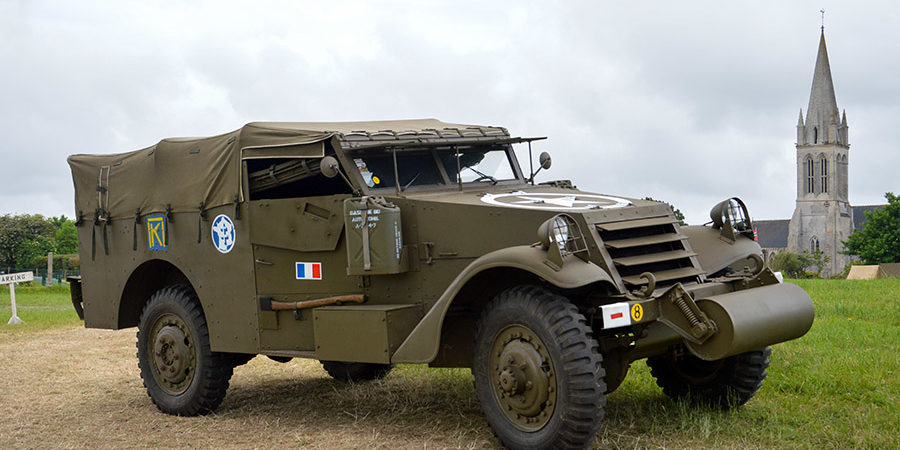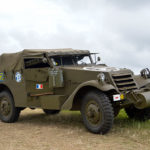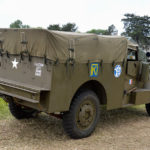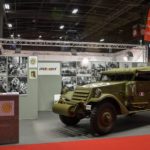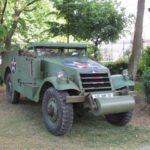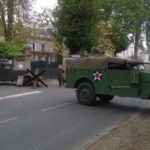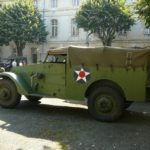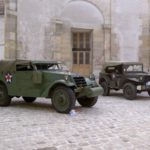History
Built in 1938 by the White Motor Company of Cleveland, Ohio, United States, on the basis of a commercial frame, the prototype led to a fist order for 64 units. The Army decided to adopt an improved version, designated M3A1. The new version had a longer and wider hull. In front of the bumper an unditching roller was mounted. The M3A1 could carry up to seven infantry and provide fire support with three machine guns – one .50 caliber (12.7 mm) and two .30 caliber (7.62 mm) – mounted on a skate rail around the hull.
This vehicle was developed in order to perform fast missions, above all on rough terrains. In spite of its full-time four-wheel drive (with no way to disengage it), its off-road performances were poor, it had a limited capacity of transporting troops. This is why half-tracks were preferred.
M3A1 had a crew of seven plus the driver. The rear compartment has 6 seats, two pointing forward, 2 pointing to the sides and two pointing rearward. The remainder of the space contained two big storages located on the sides.
Technical data
Vehicle used for the purpose of patrol, reconnaissance, command-car, ambulance or artillery tractor.
Production: about 21,000
Engine: Hercules JXD, 320 cu in (5,200 cc), in-line 6-cylinder, L-head, gasoline, 110 hp (82 kW)
Speed: 55 mph (89 km/h)
Operational range: 250 miles (403 km)
Gas consumption: 6 mpg
Weight: 8,900 lb
Length: 222 in (5.60 m)
Height: 79 in (1.97 m)
Widt : 80 in (2 m)
Crew : driver plus 7
Armament: Machine-gun Browning cal .50
Armor : 6–13 mm (0.25 inch sides, 0.5 inch windshield)
- Scout Car – Rétromobile 2018



